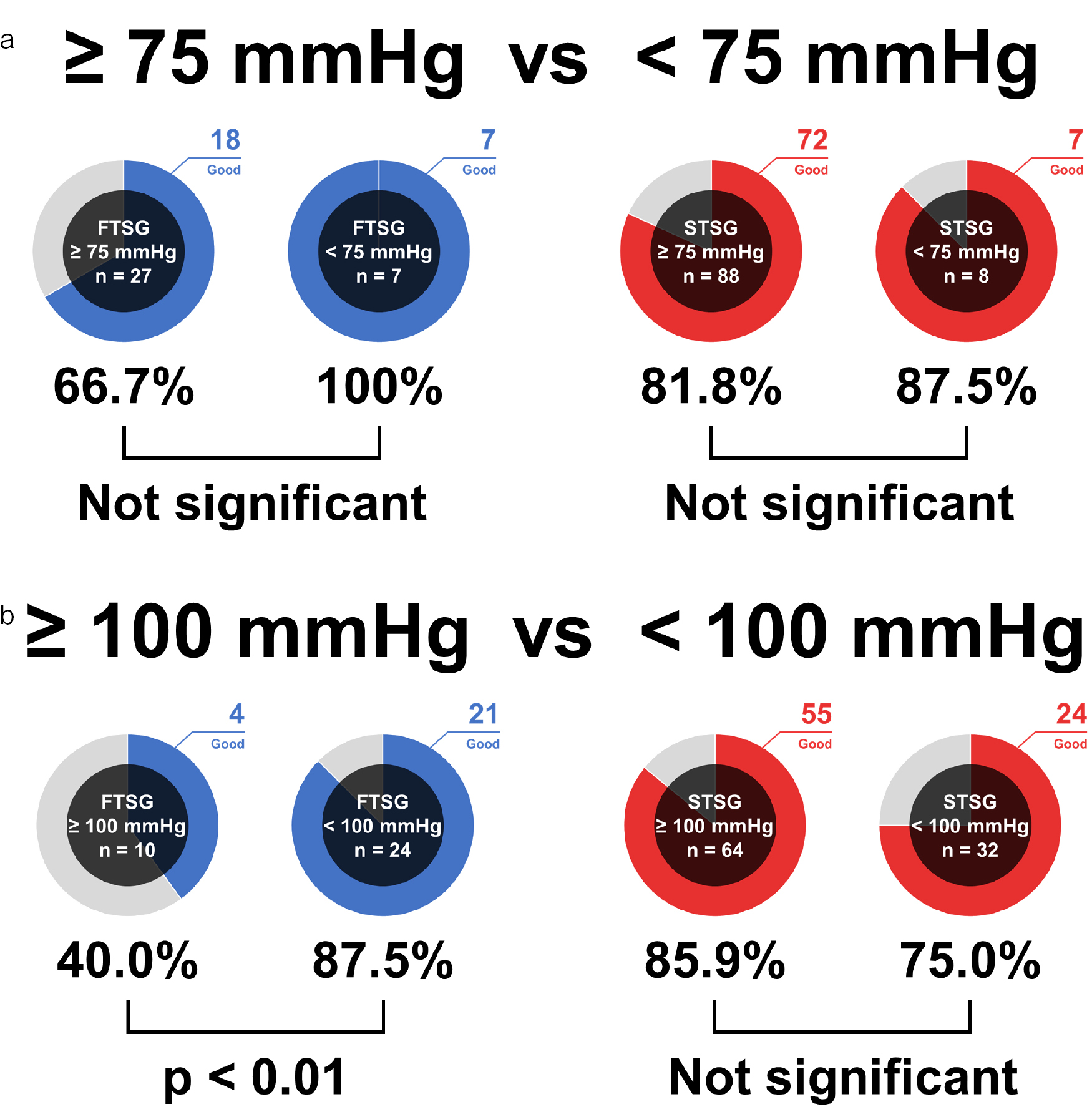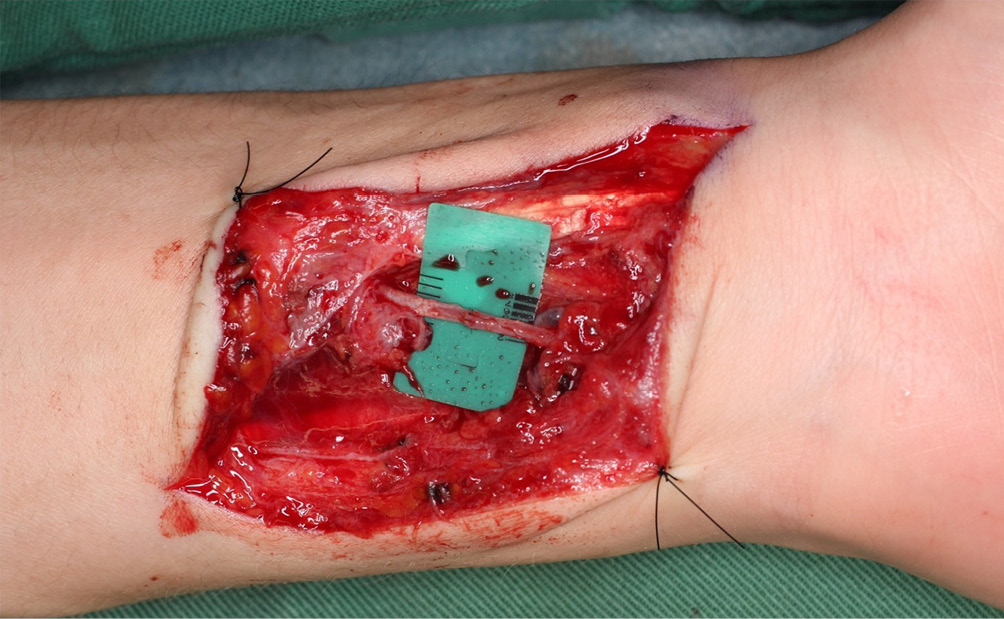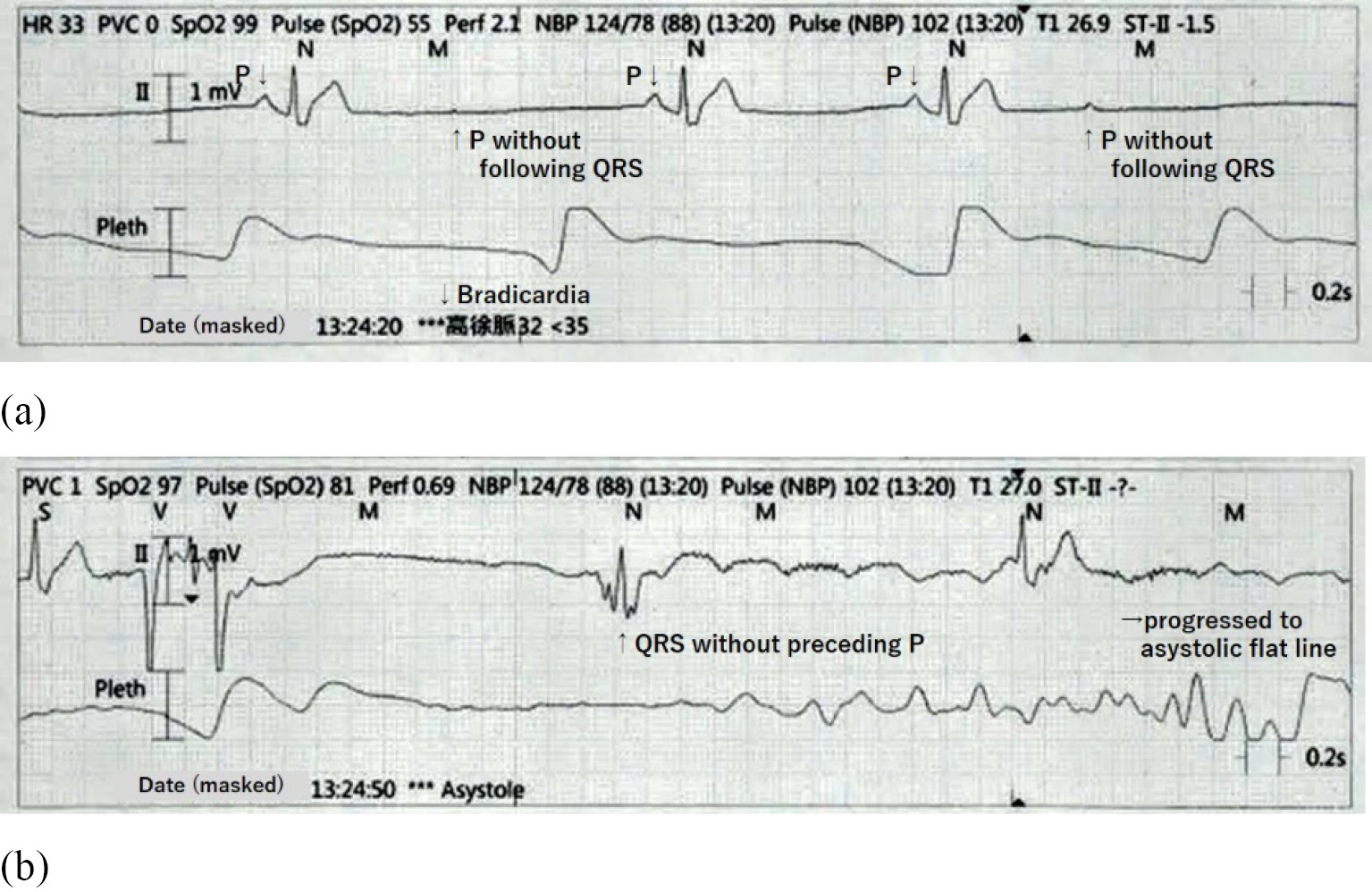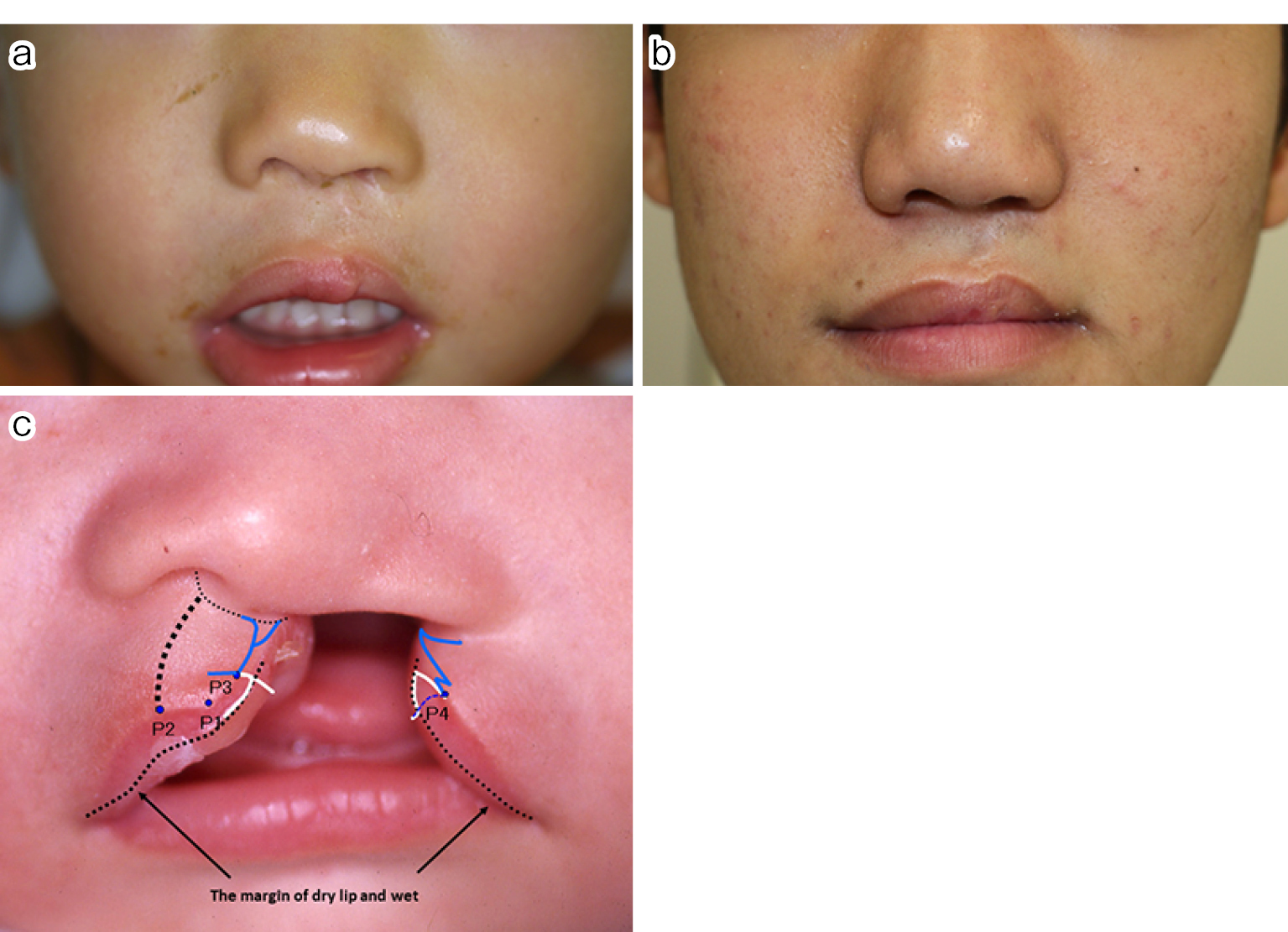Volume 2, Issue 2
Displaying 1-8 of 8 articles from this issue
- |<
- <
- 1
- >
- >|
Original Research
-
2023 Volume 2 Issue 2 Pages 37-41
Published: April 27, 2023
Released on J-STAGE: April 27, 2023
Advance online publication: September 05, 2022Download PDF (435K) -
2023 Volume 2 Issue 2 Pages 42-48
Published: April 27, 2023
Released on J-STAGE: April 27, 2023
Advance online publication: December 06, 2022Download PDF (1095K)
Case Report
-
2023 Volume 2 Issue 2 Pages 49-52
Published: April 27, 2023
Released on J-STAGE: April 27, 2023
Advance online publication: October 14, 2022Download PDF (566K) -
2023 Volume 2 Issue 2 Pages 53-57
Published: April 27, 2023
Released on J-STAGE: April 27, 2023
Advance online publication: December 06, 2022Download PDF (1062K) -
2023 Volume 2 Issue 2 Pages 58-60
Published: April 27, 2023
Released on J-STAGE: April 27, 2023
Advance online publication: October 14, 2022Download PDF (525K) -
2023 Volume 2 Issue 2 Pages 61-66
Published: April 27, 2023
Released on J-STAGE: April 27, 2023
Advance online publication: October 14, 2022Download PDF (1167K)
Technical Note
-
2023 Volume 2 Issue 2 Pages 67-72
Published: April 27, 2023
Released on J-STAGE: April 27, 2023
Advance online publication: February 10, 2023Download PDF (802K) -
2023 Volume 2 Issue 2 Pages 73-75
Published: April 27, 2023
Released on J-STAGE: April 27, 2023
Advance online publication: October 14, 2022Download PDF (748K)
- |<
- <
- 1
- >
- >|








